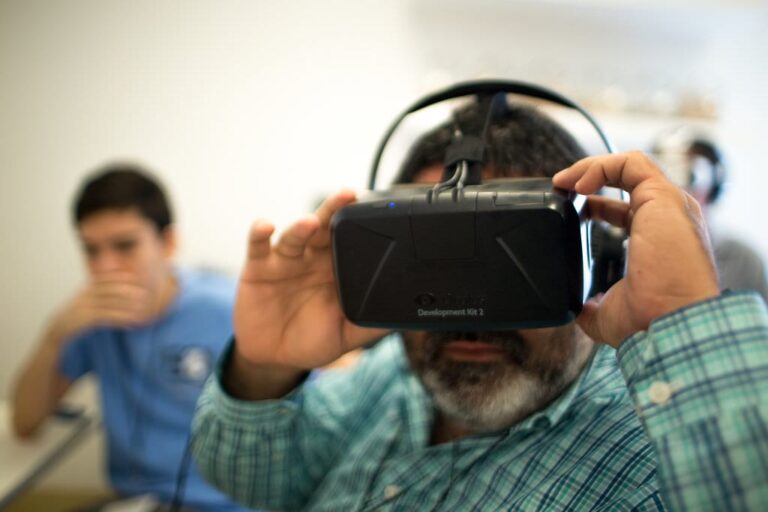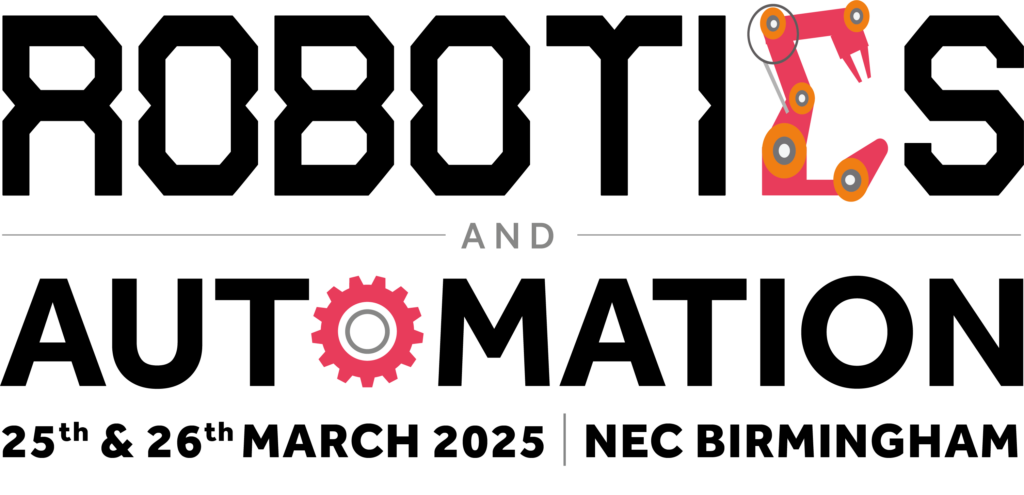TRL has developed a blind spot stimulation rig which helps to improve truck cab designs, road layouts and aid accident investigations. The stimulator is an example of TRL’s commitment to innovative technologies and safer transportation methods. An accurate representation of direct vision from a real-life vehicle cab is possible due to a collaboration with Volvo where a physical rig has been developed. This allows multiple combinations of seat and steering wheel adjustments that are available in a real-life vehicle to be realistically replicated in the calibrated rig.
Each driver’s virtual reality experience is tailored to their individual seating positions and physical dimensions. As a result, the virtual reality experience becomes a highly accurate reconstruction of the view they would see if they were to be driving the vehicle in real life.
The approach used by TRL contrasts to the traditional virtual reality experience that includes a camera being placed randomly within a scene to attempt to get a rough representation of the vision provided. However, the issue at hand is that the difference between an accurate and rough representation can mean the difference between seeing a cyclist and not in a direct vision representation.
Senior researcher at TRL, Ceki Erginbas, has said that “VR technology is increasingly being used throughout the industry to create immersive visual experiences. However, immersion or high-quality computer graphics does not mean accuracy. We wanted to take VR technology one step further than just a visually appealing experience and create a scientific tool for virtual testing.”
“With this calibrated system, we can accurately test new vehicles or road environment designs, without the need to physically build them. We can also accurately recreate traffic accidents, from the view point of different people located at the scene. By offering this unique virtual testing system, not only are we aiming to improve safety for vulnerable road users, but also aim to help reduce costs for designers, contractors and manufacturers, as they can detect vision problems early in the design stage; saving them from high reconstruction costs.”





